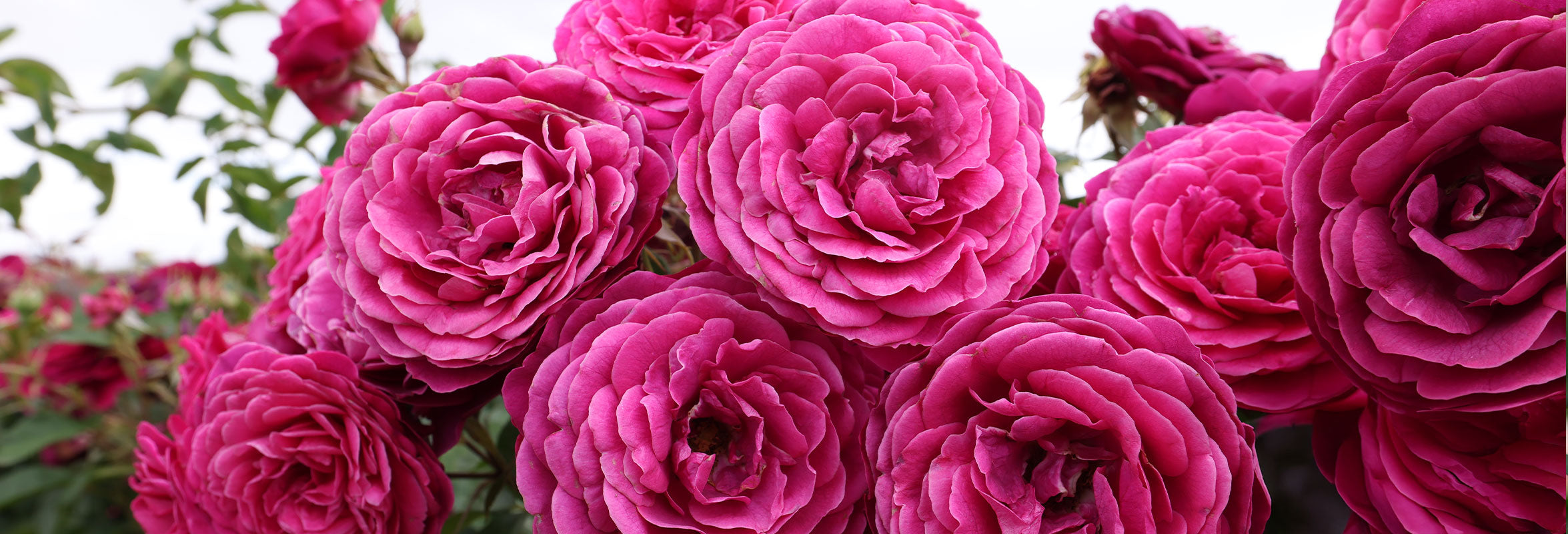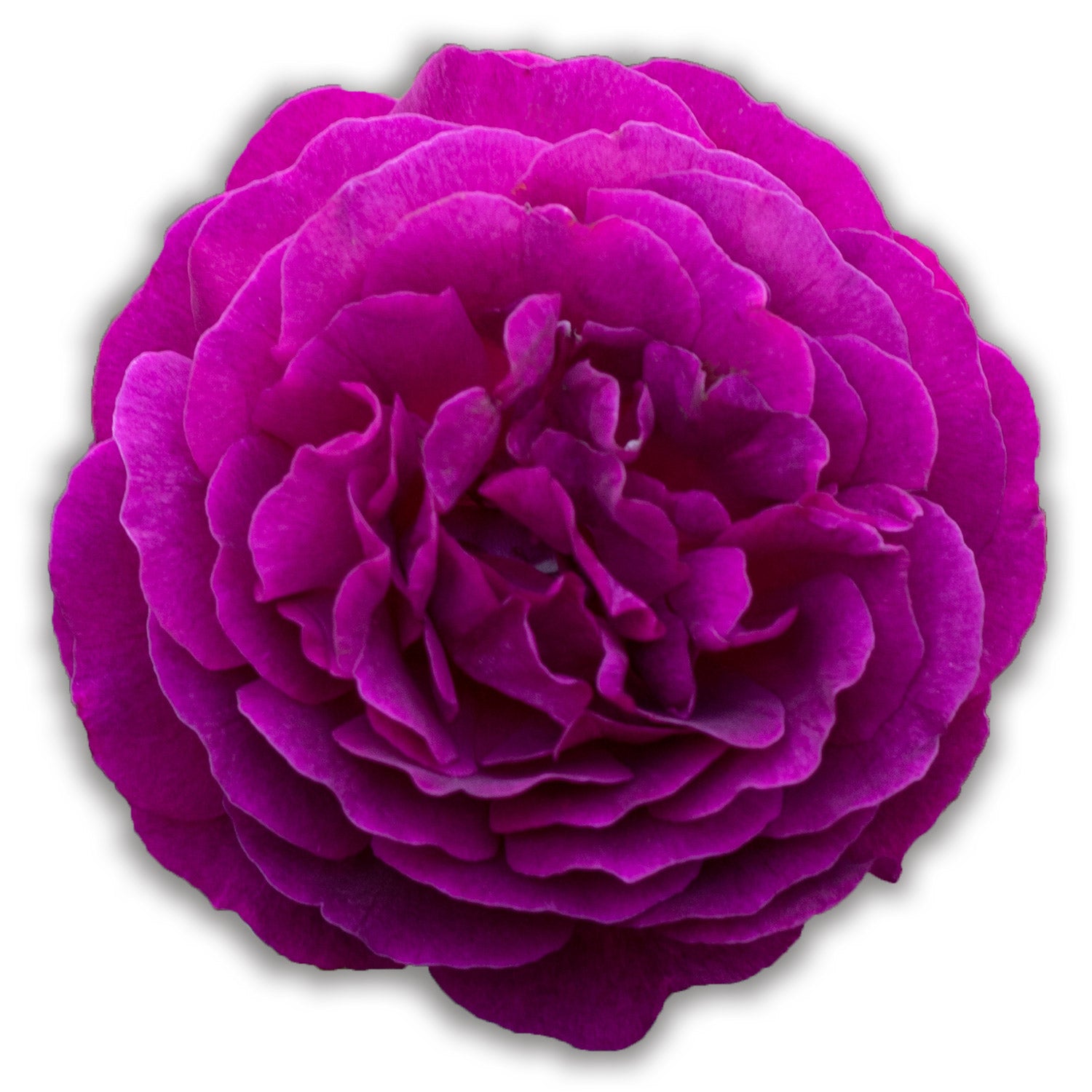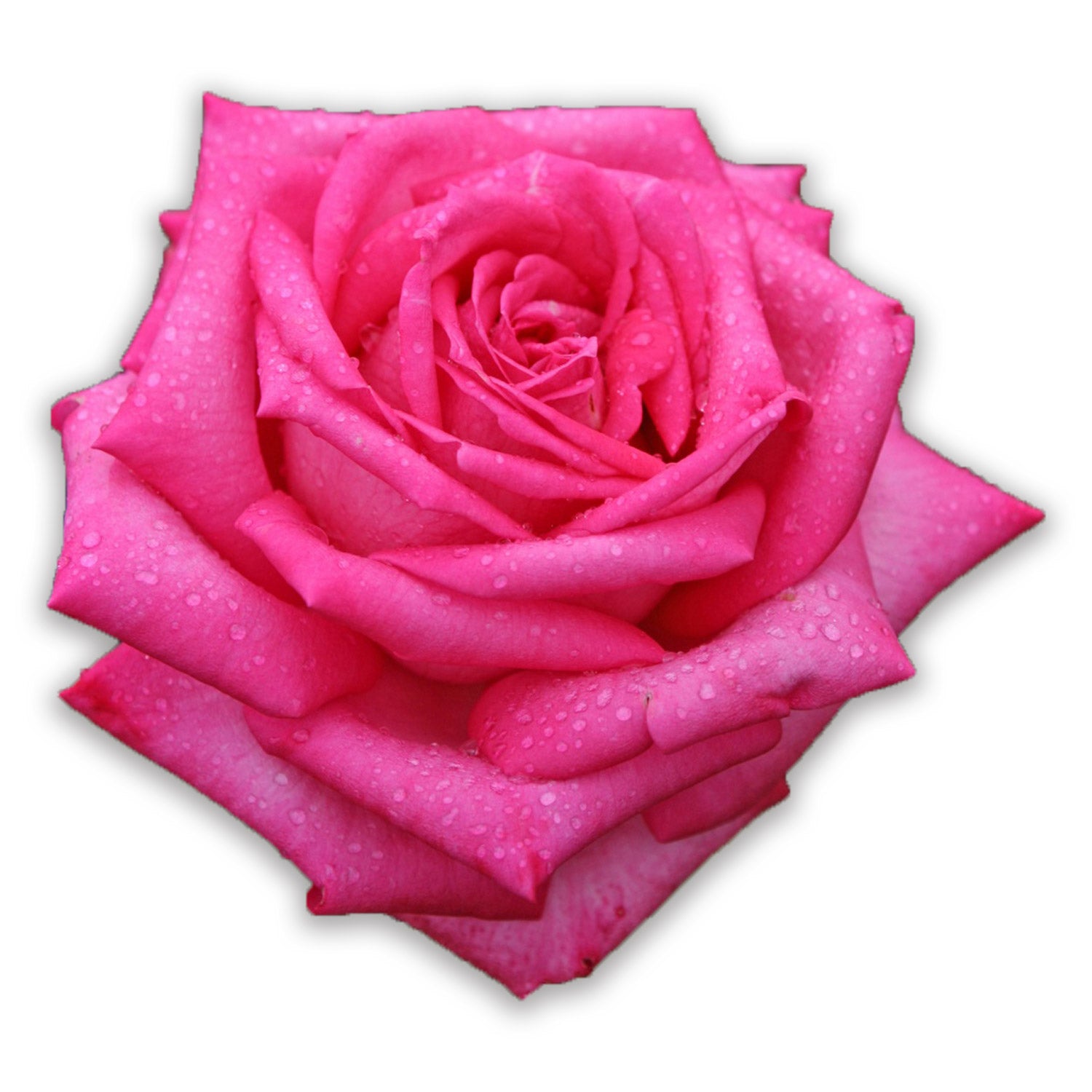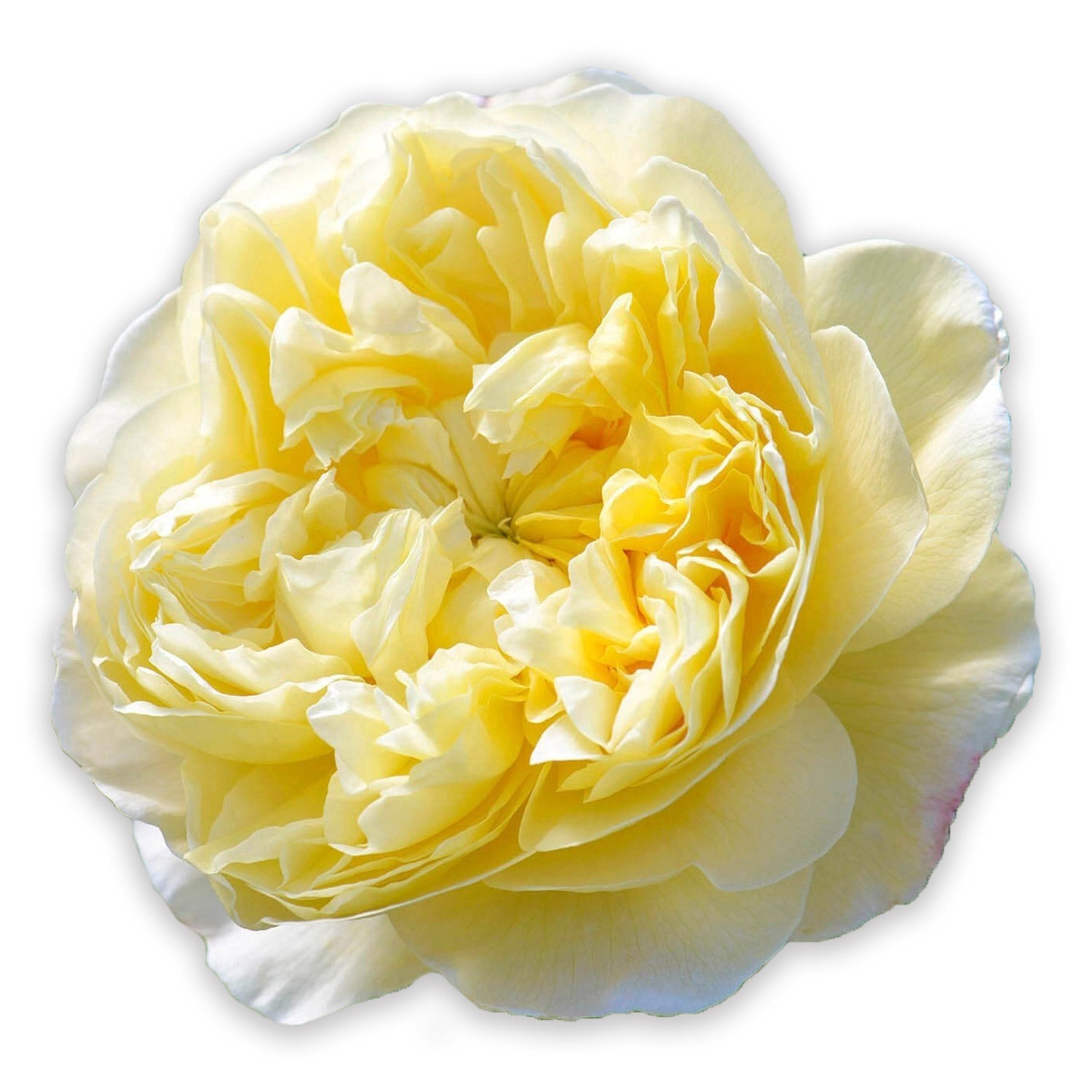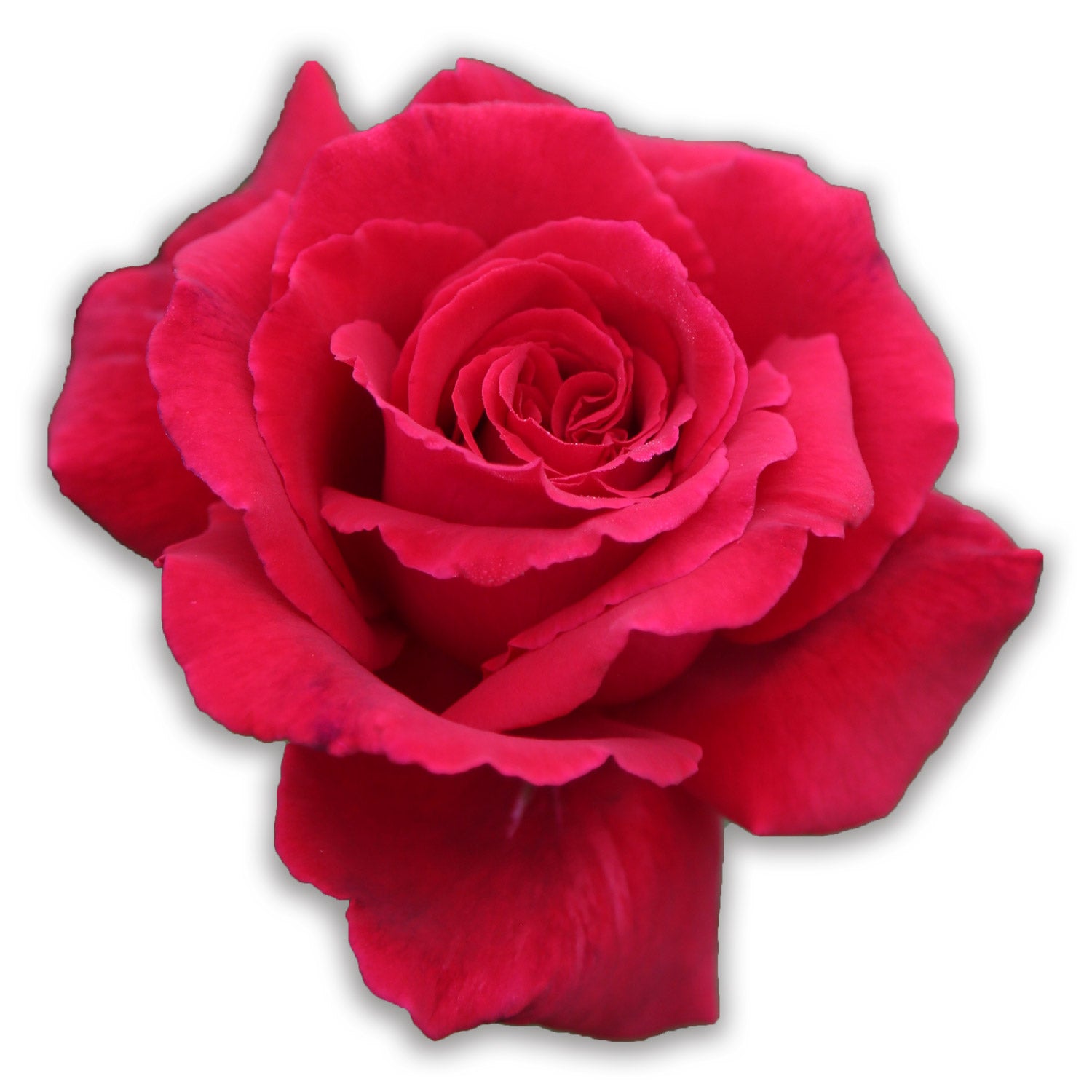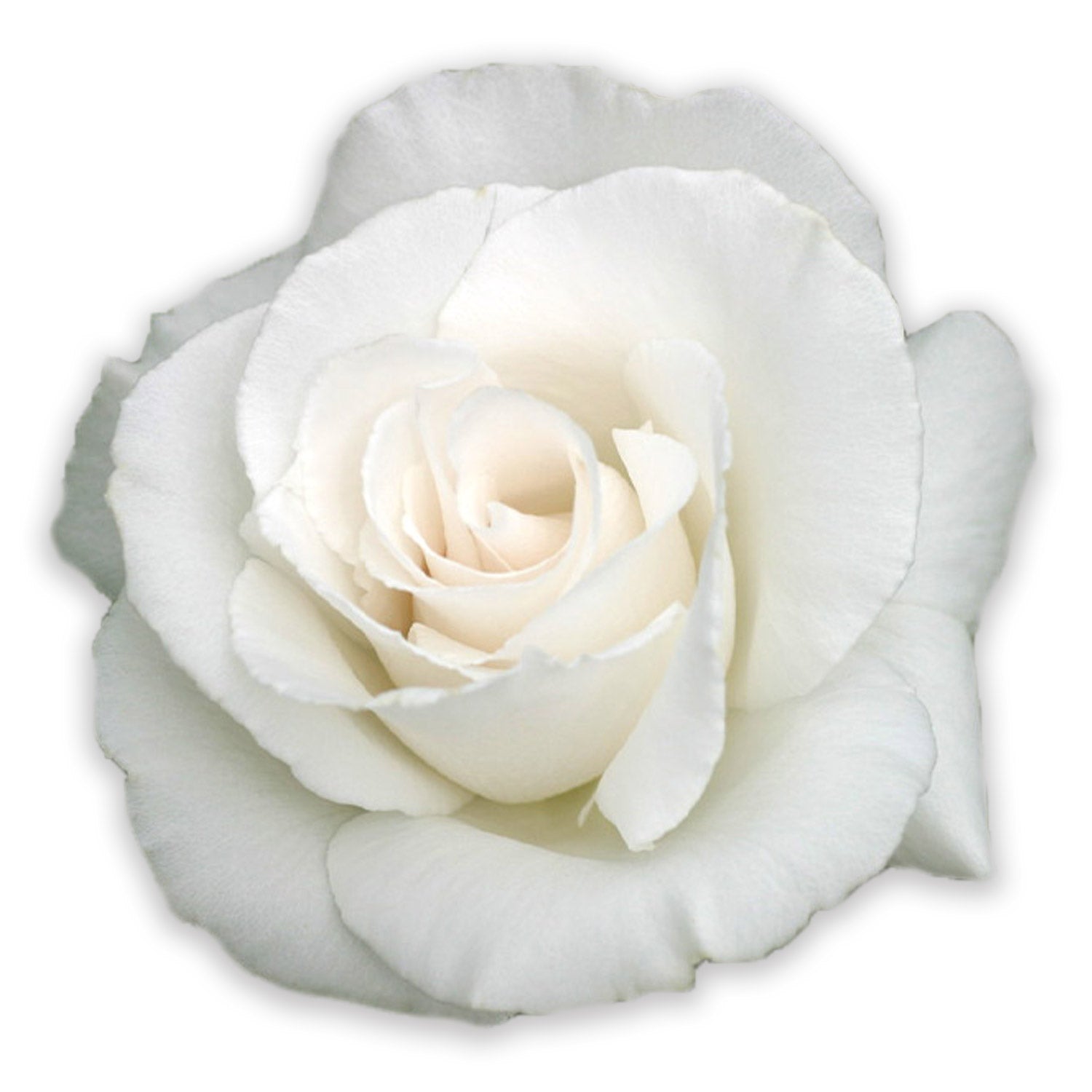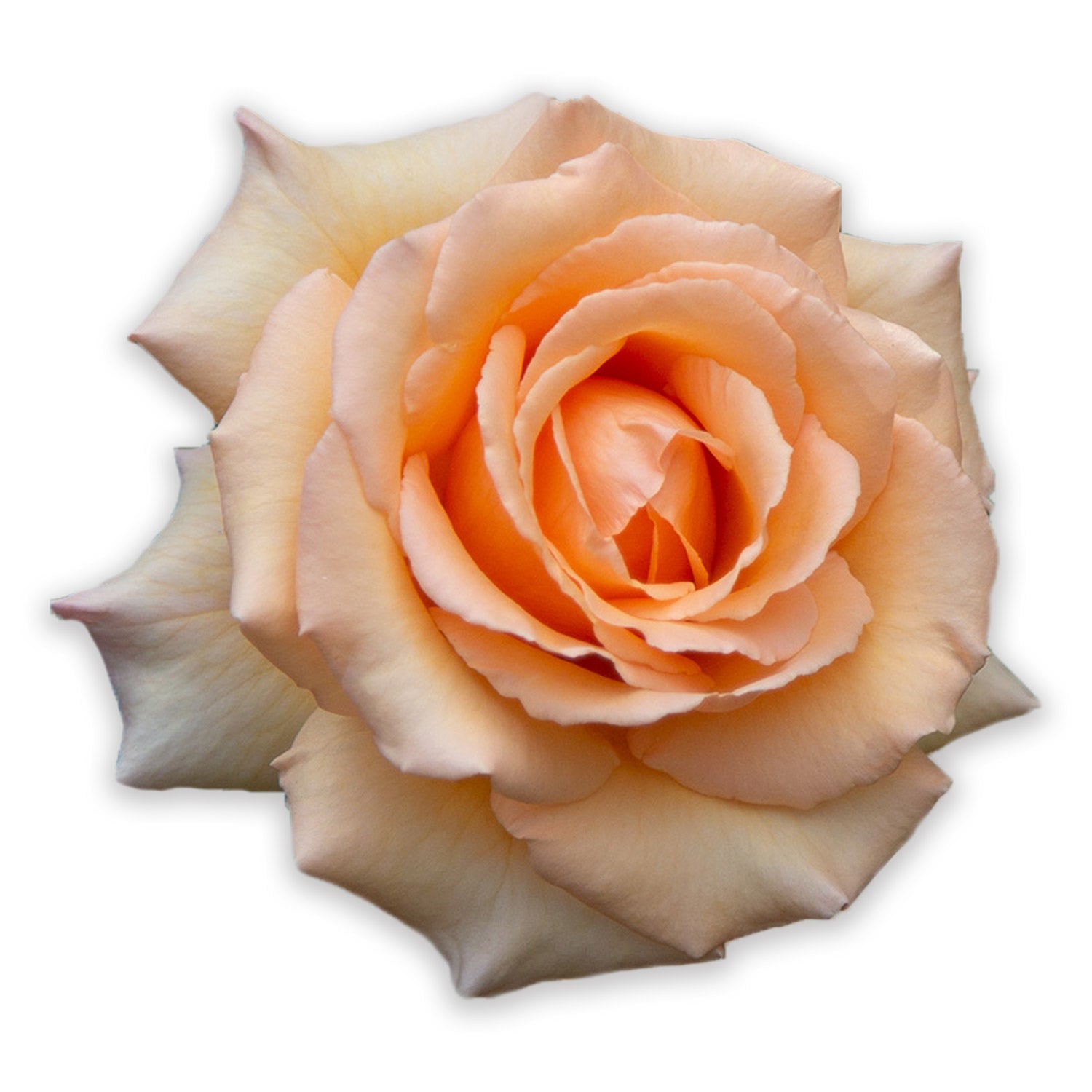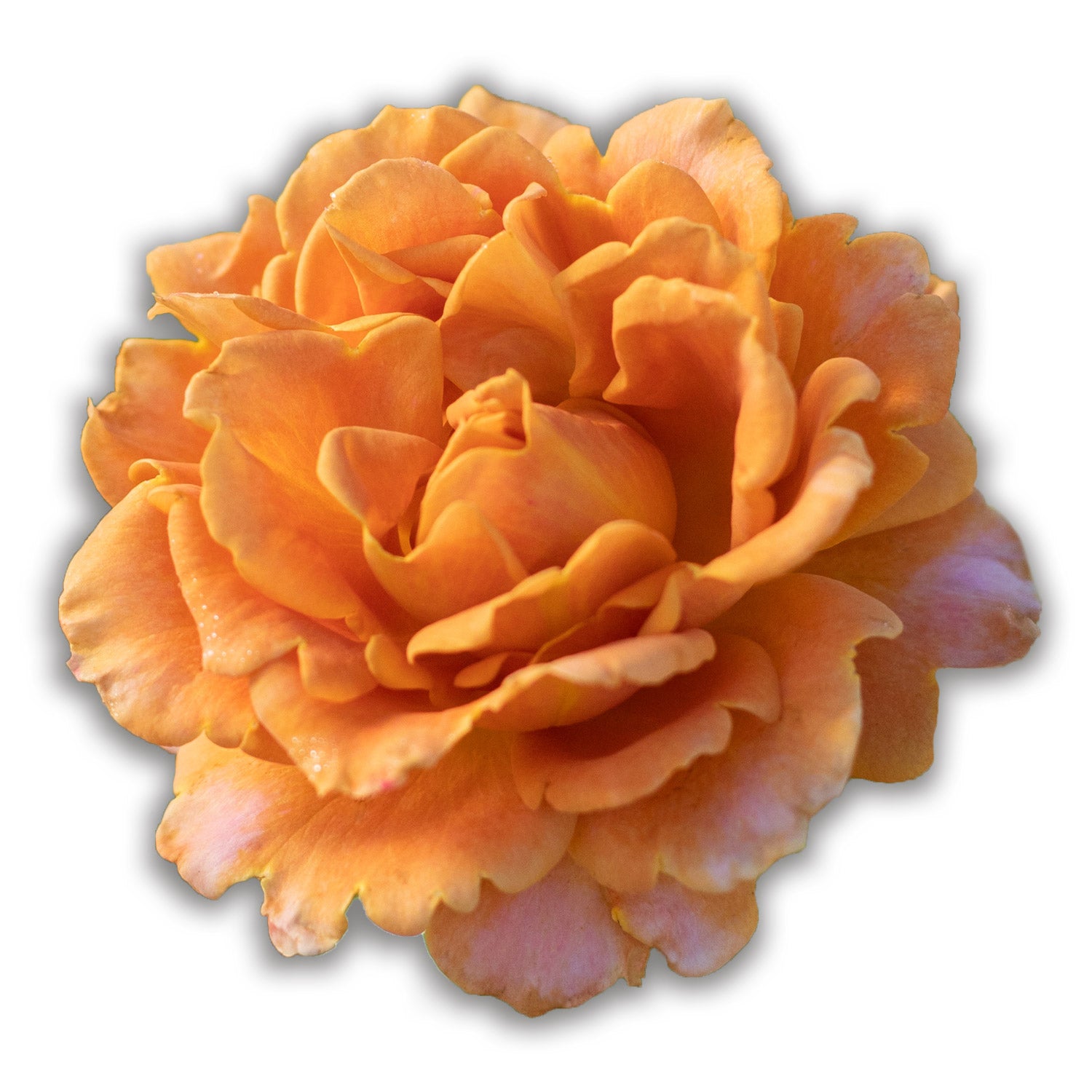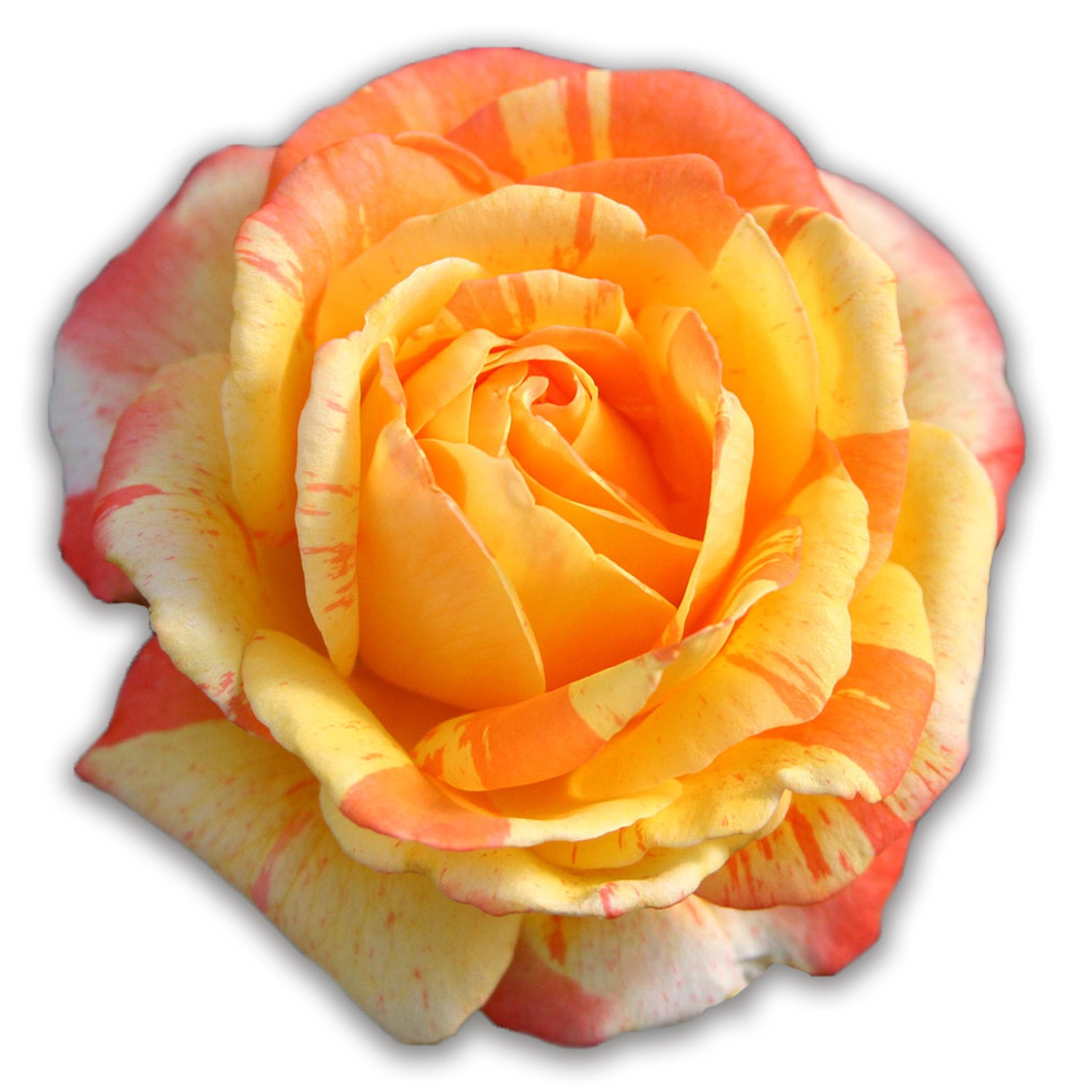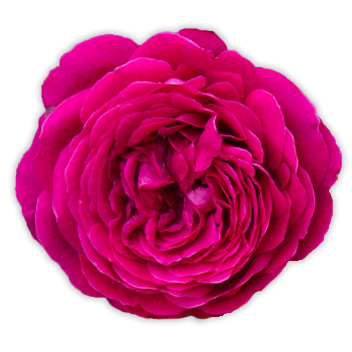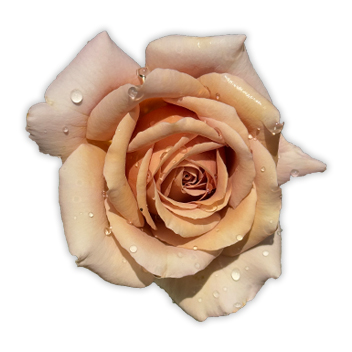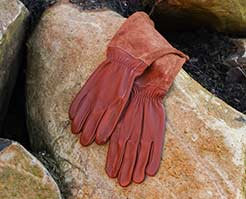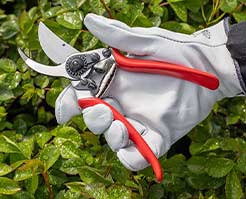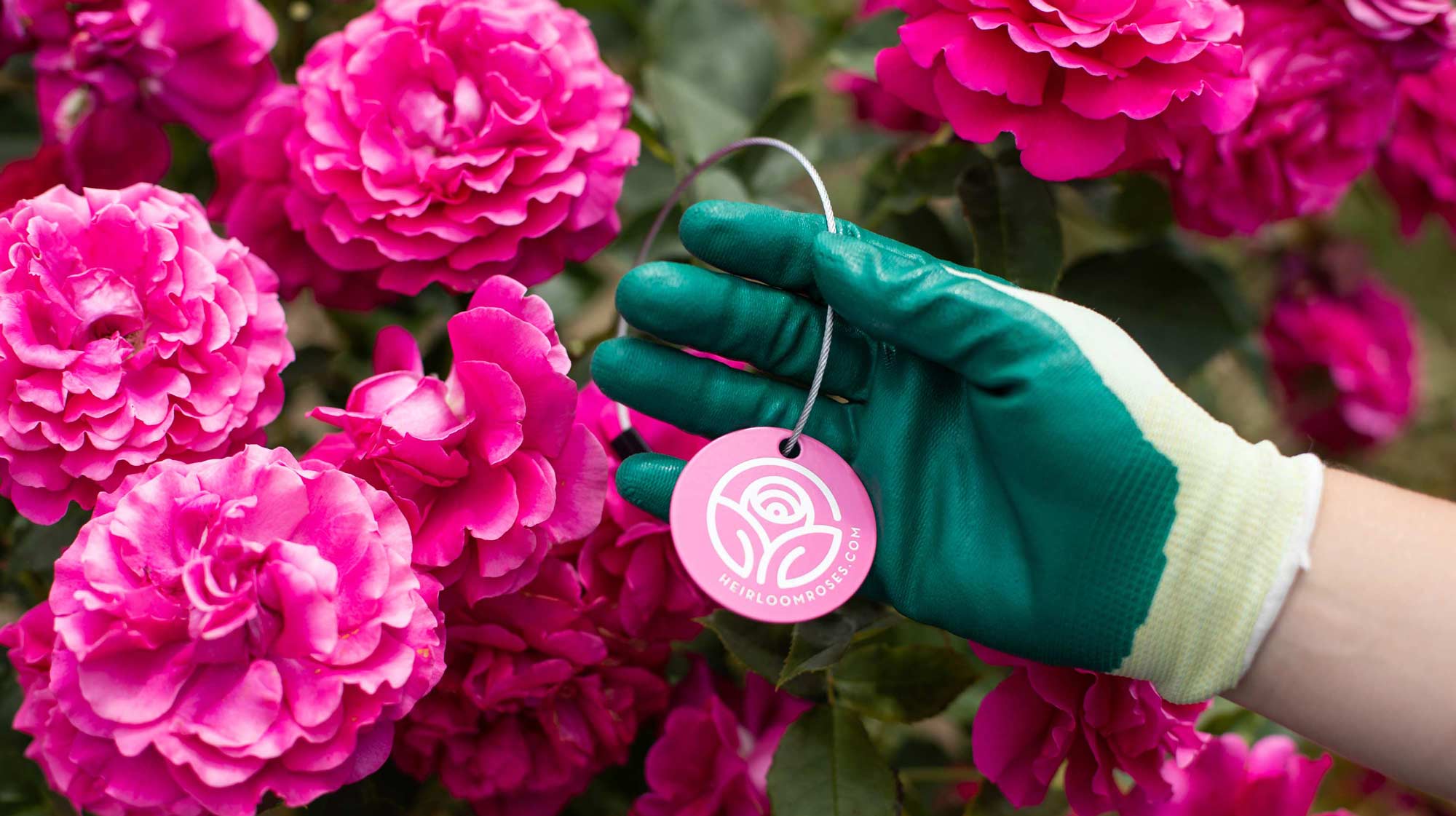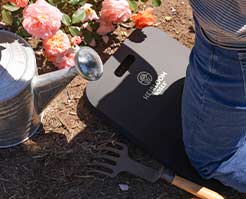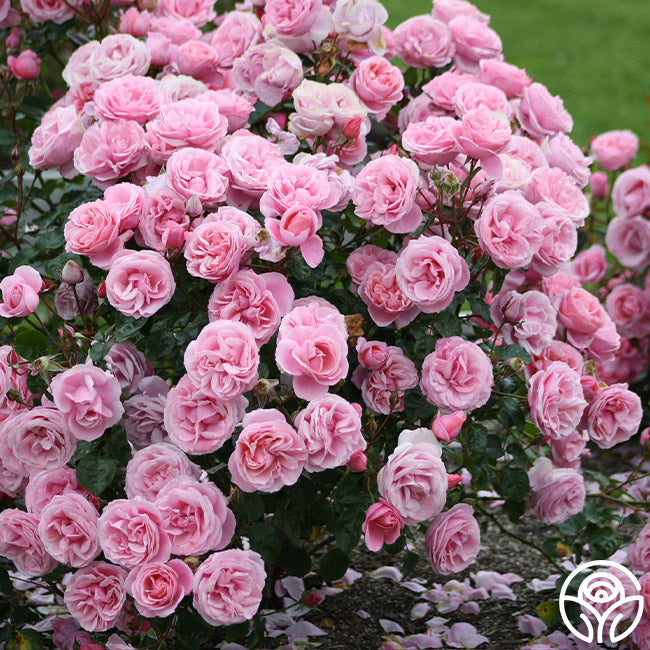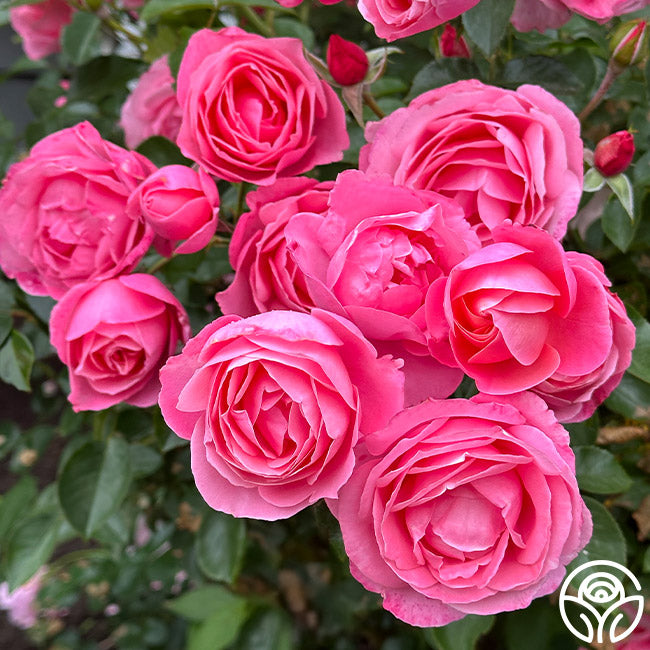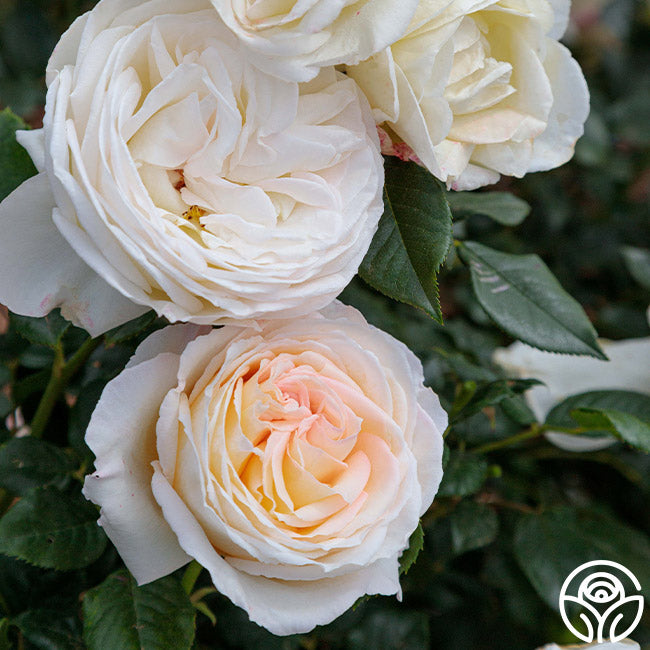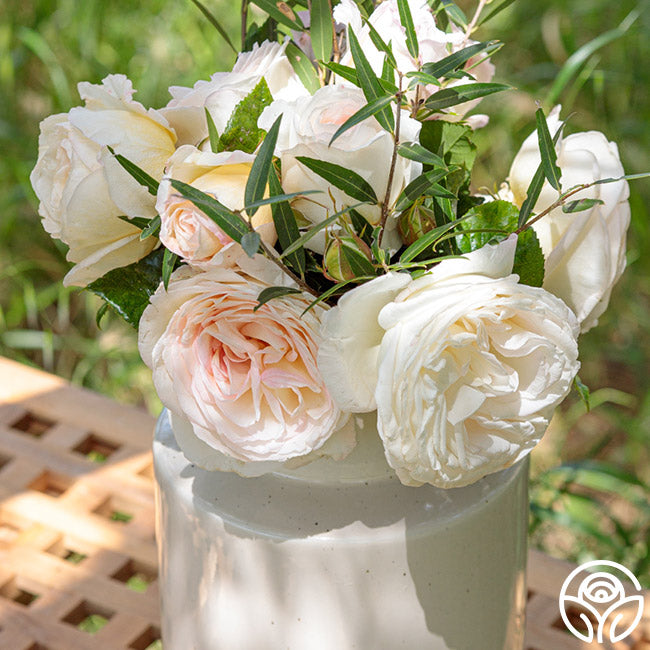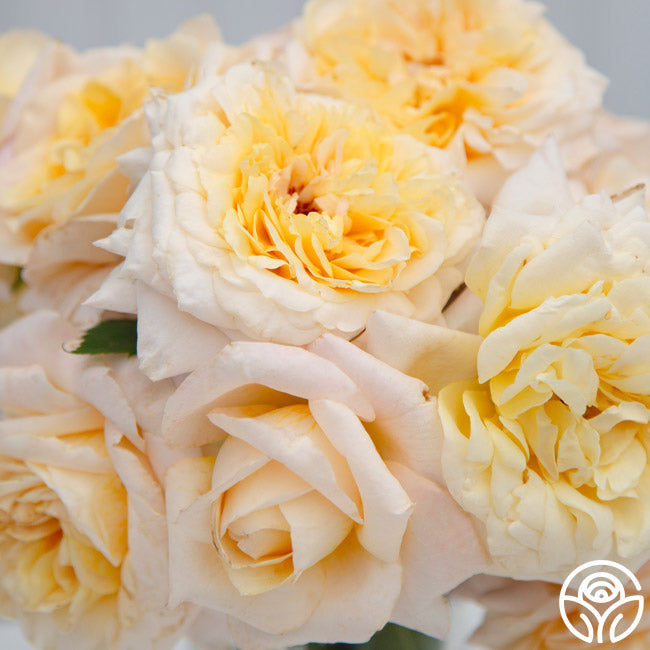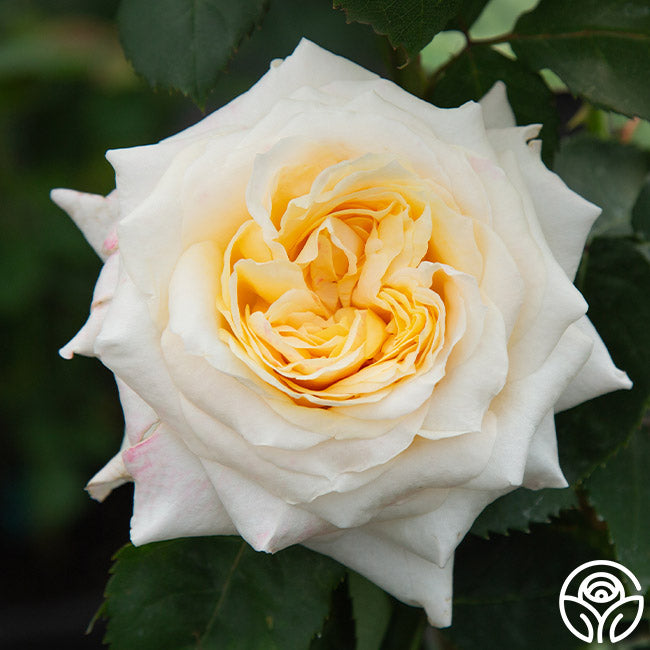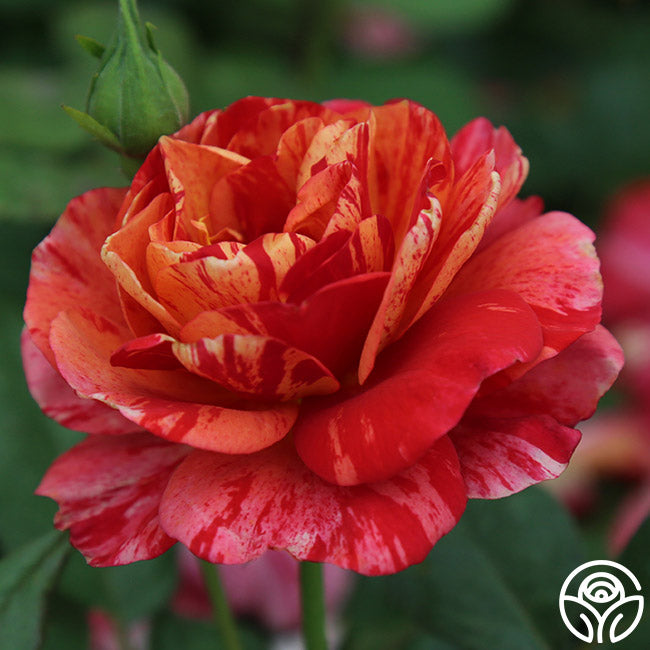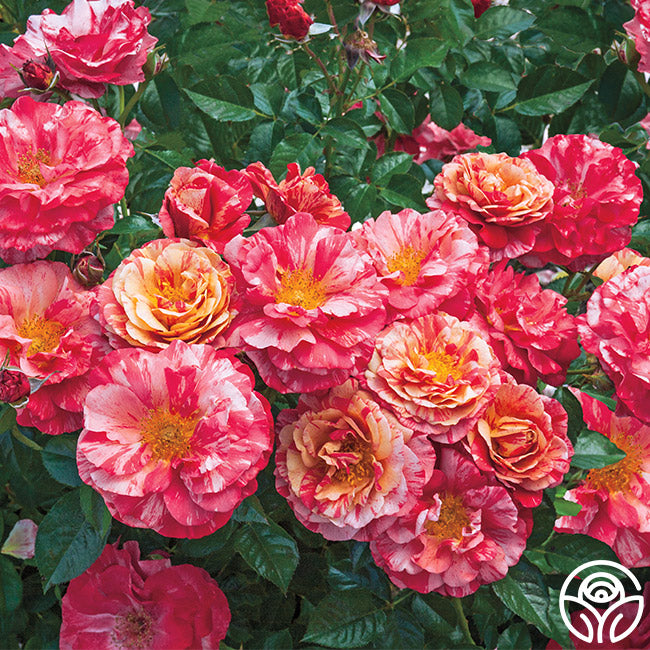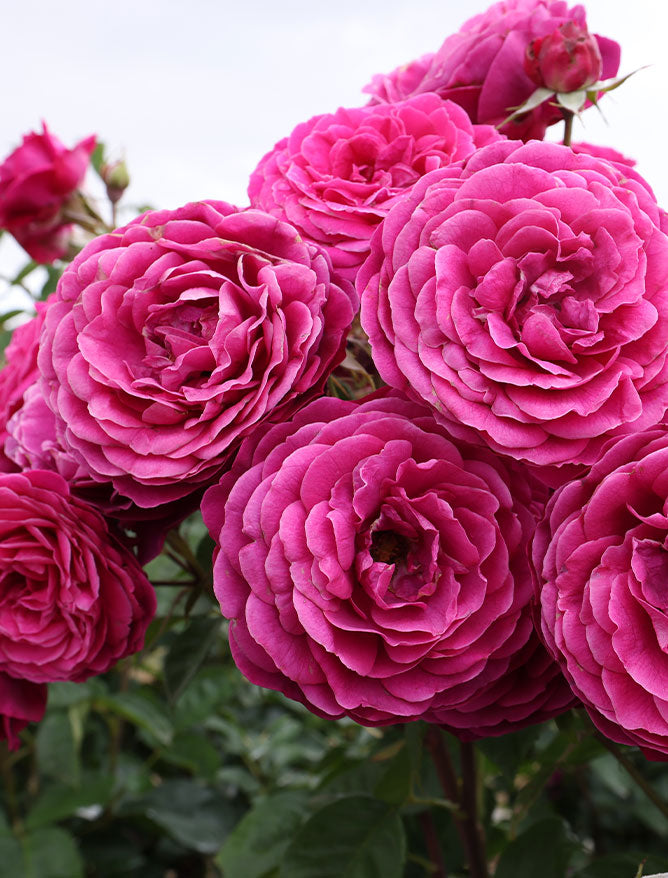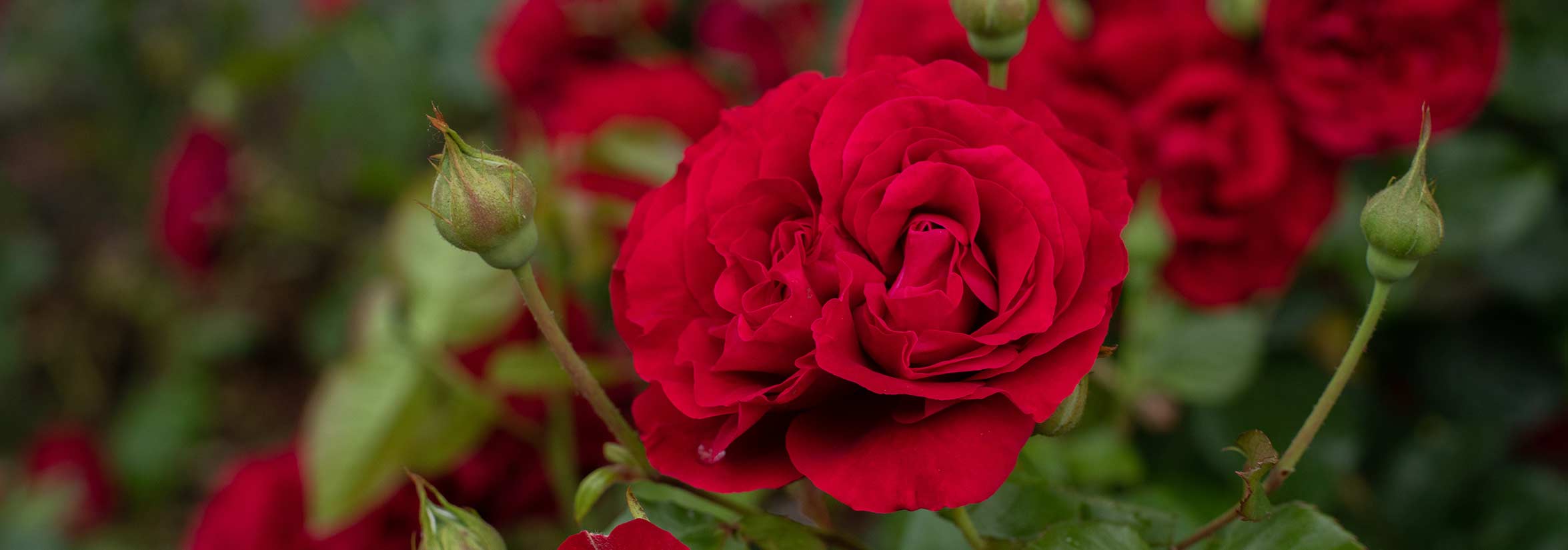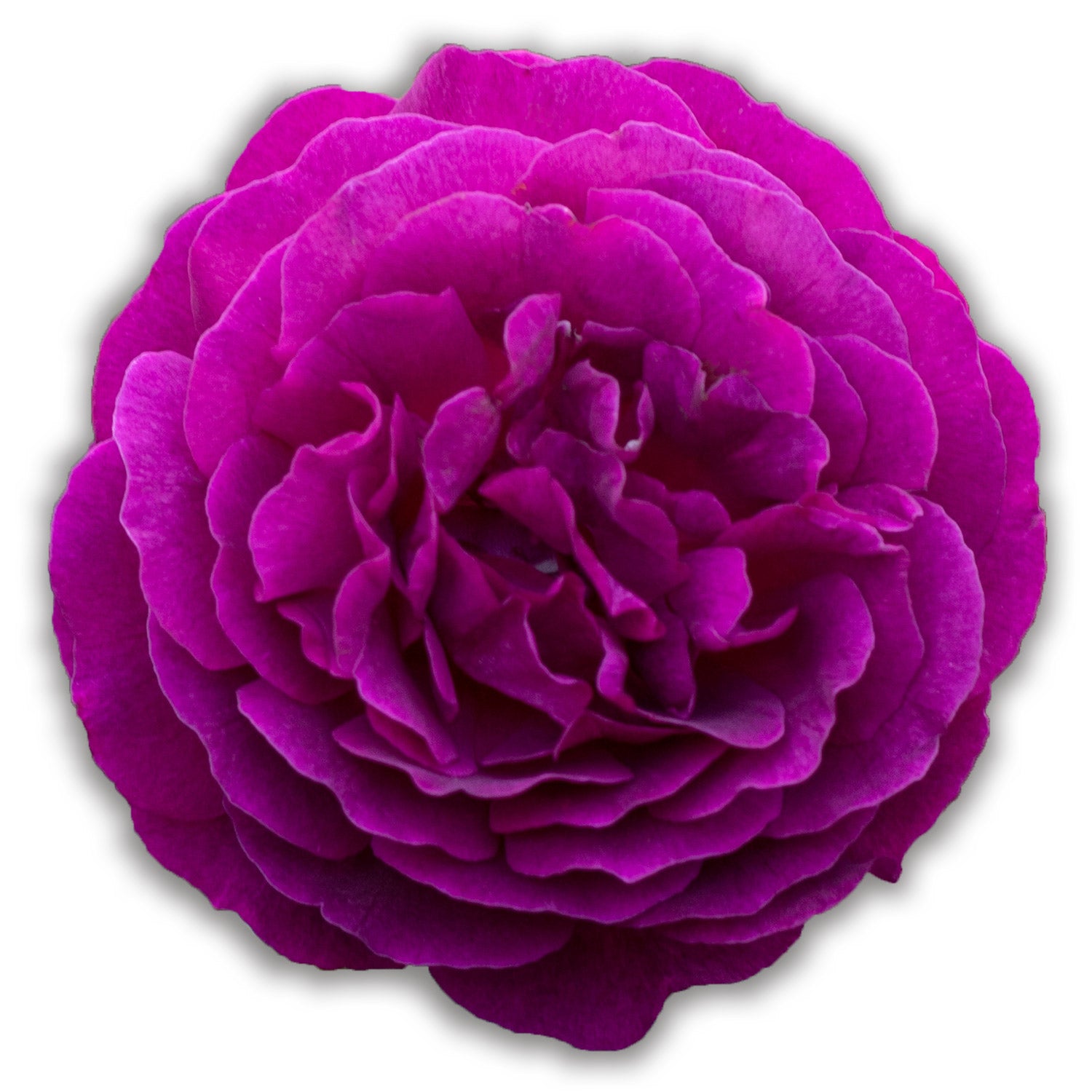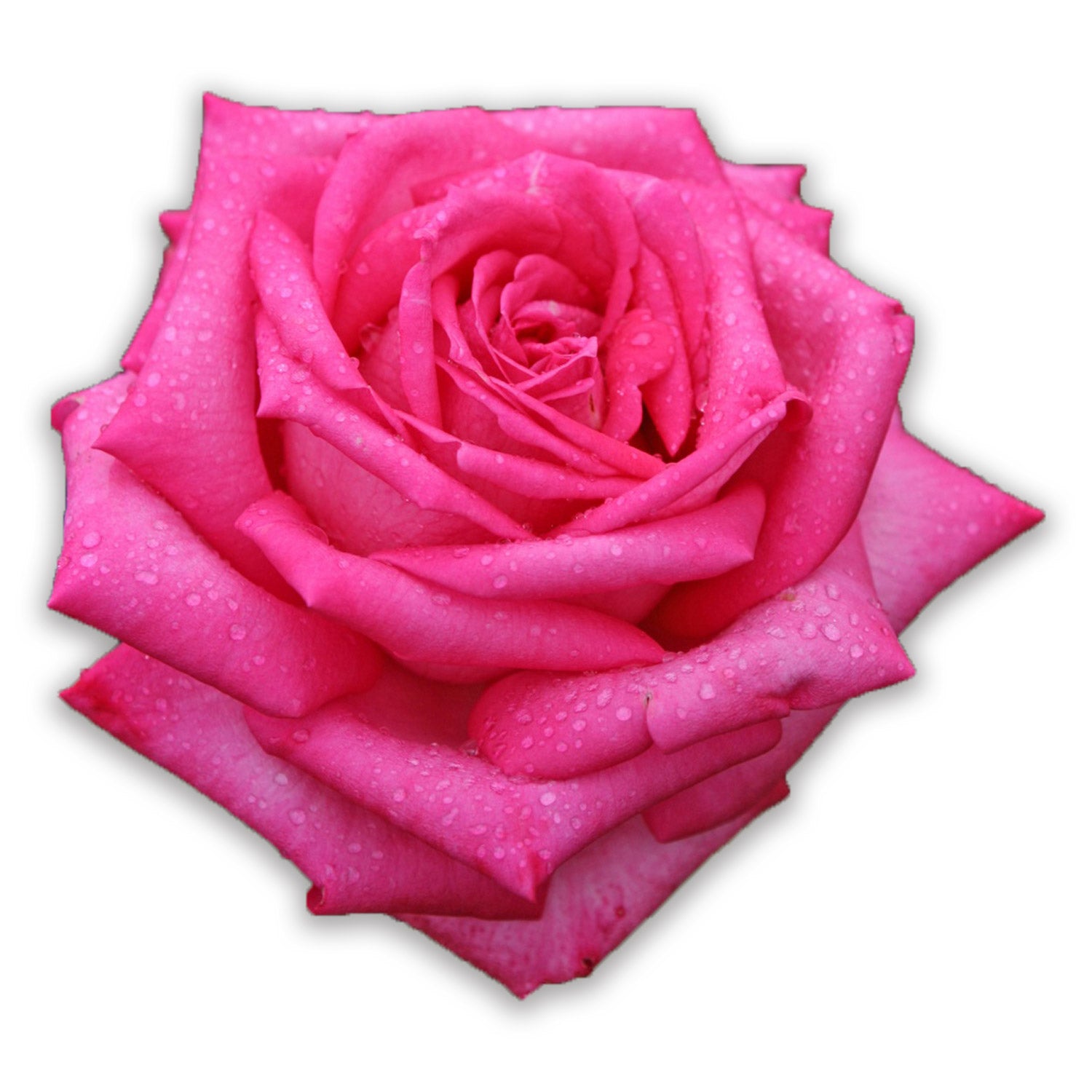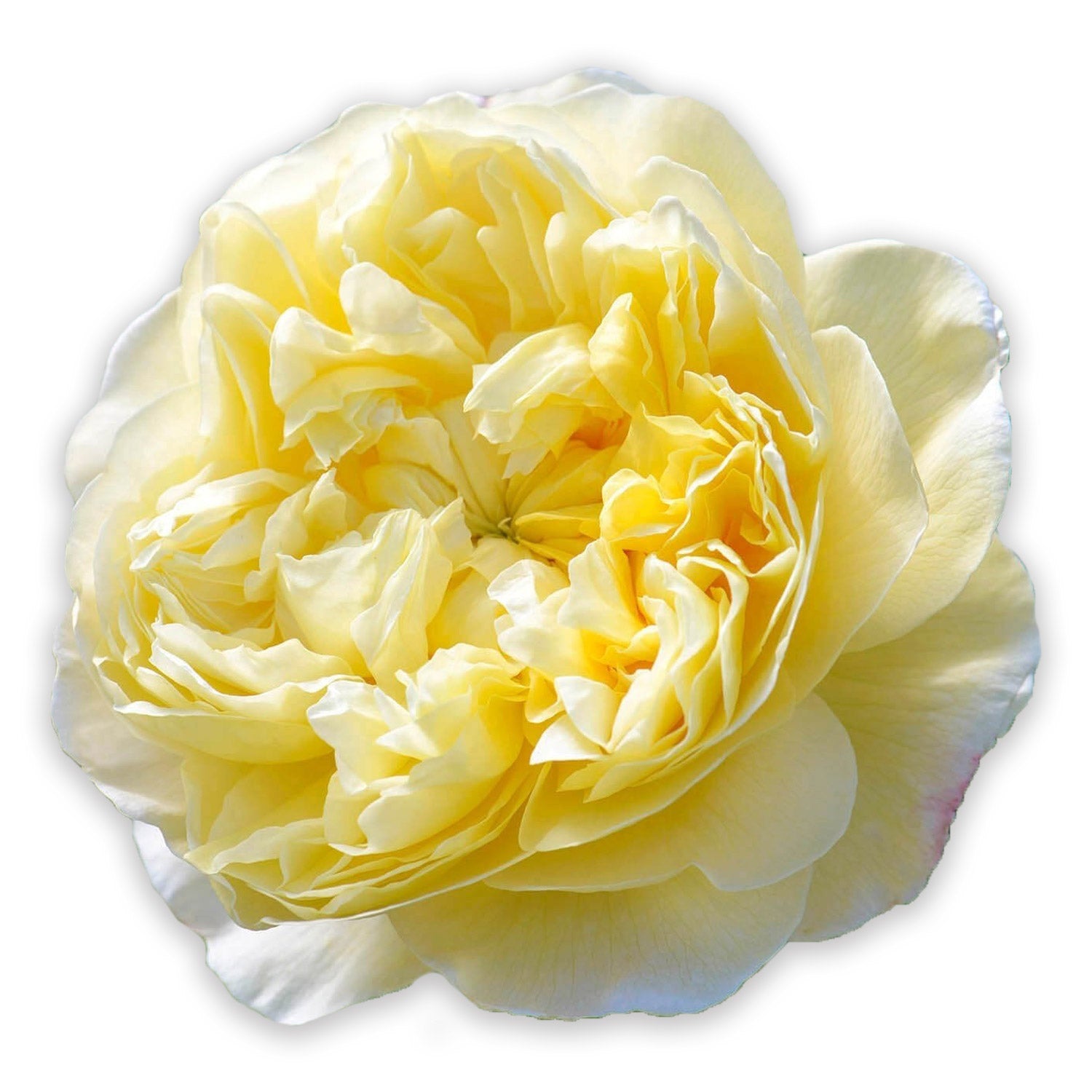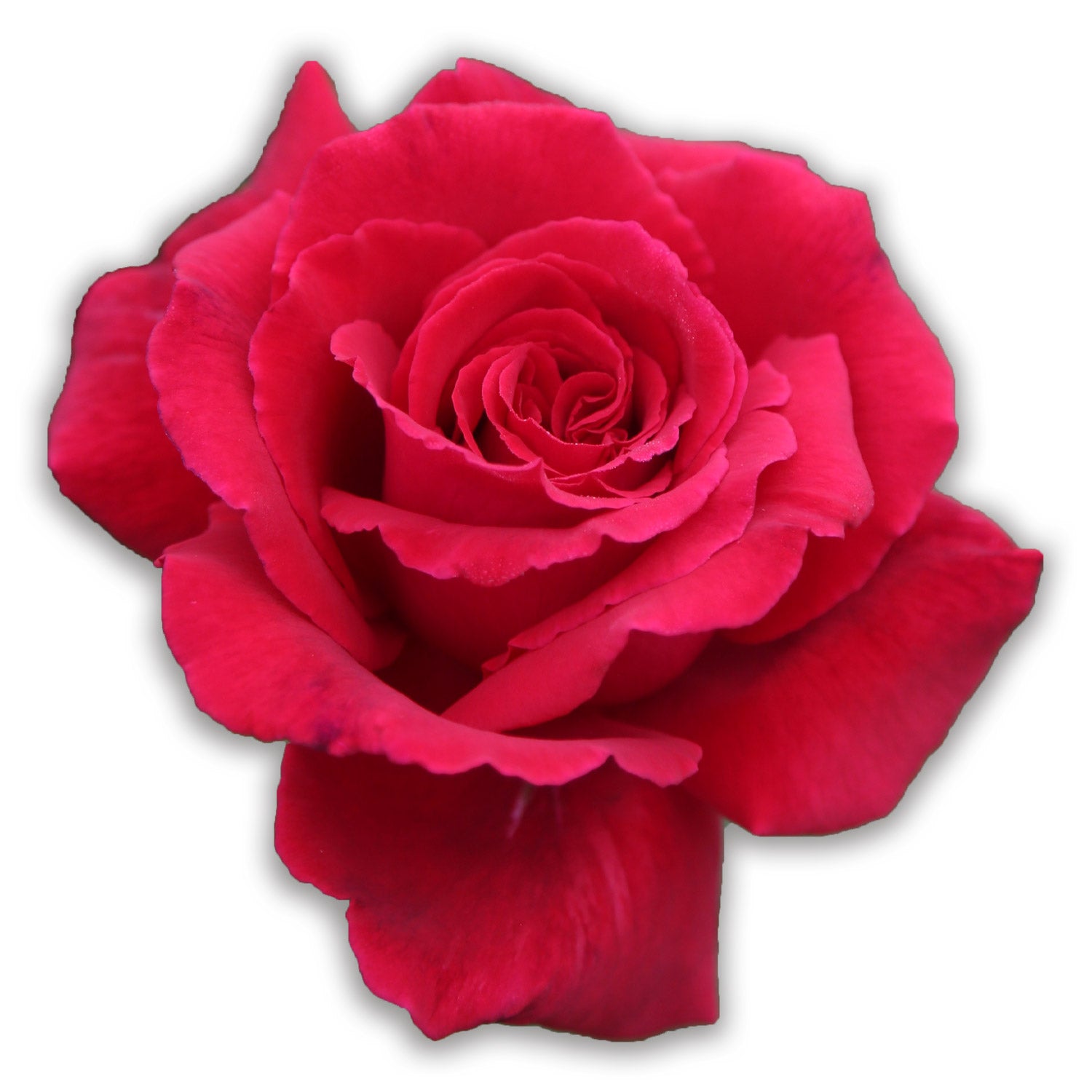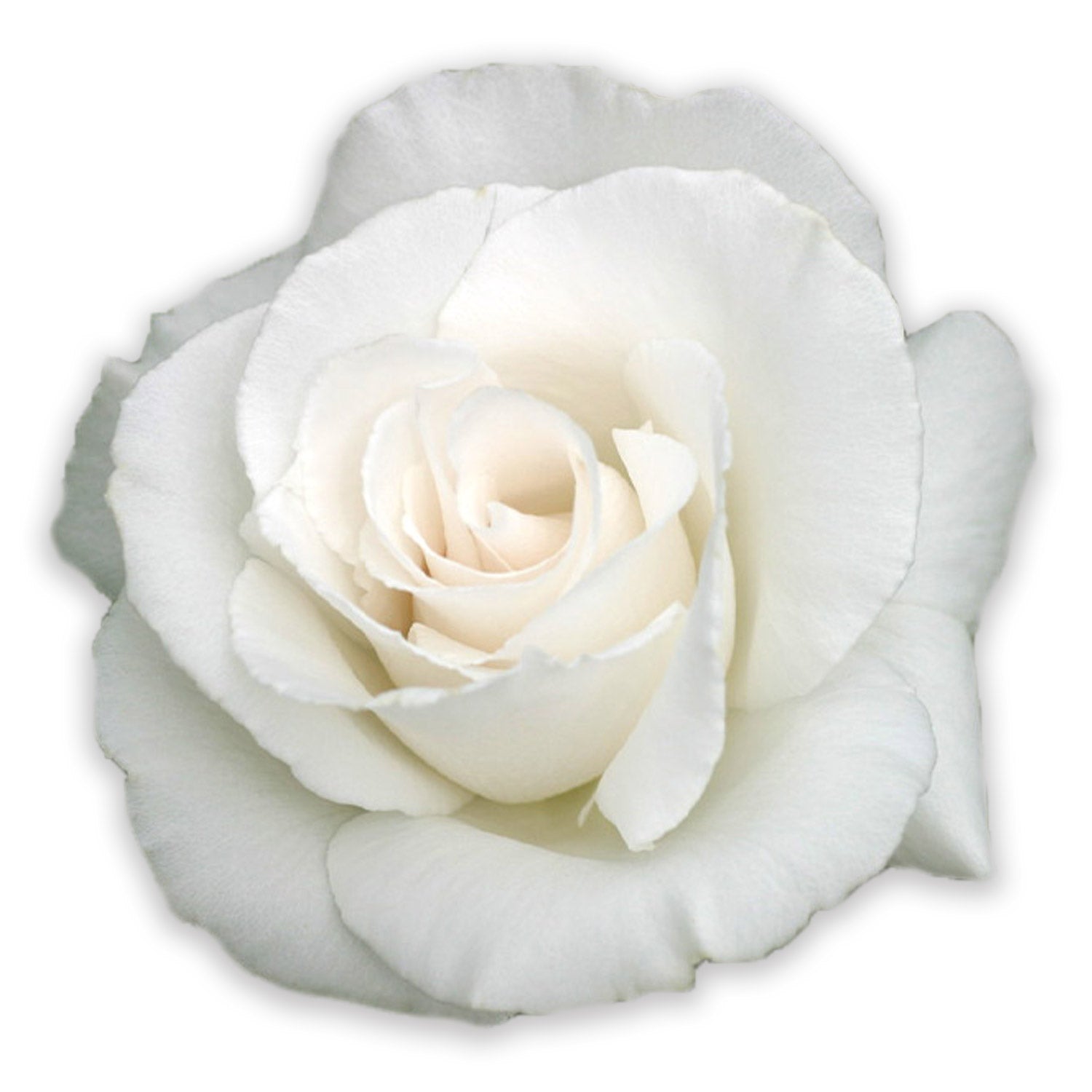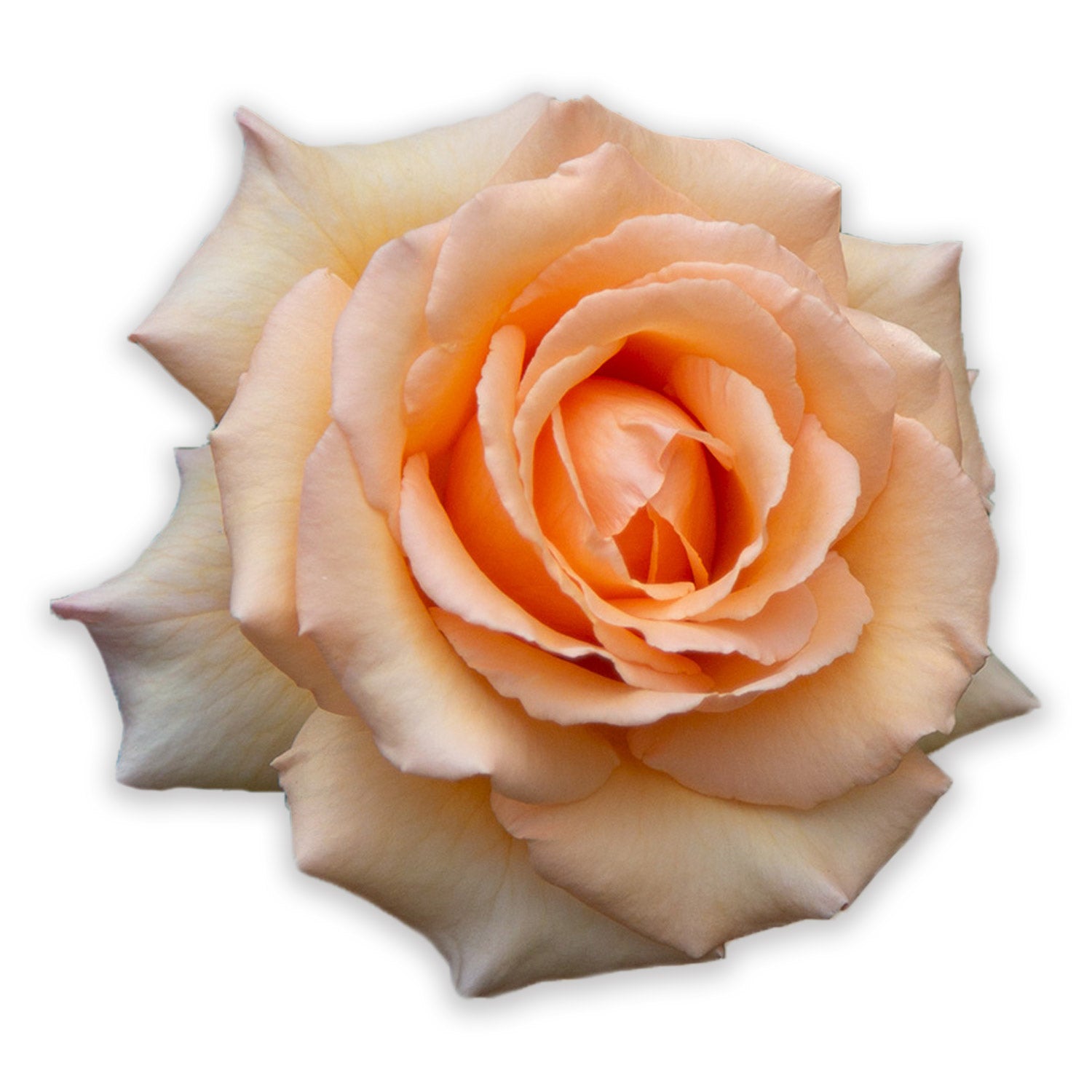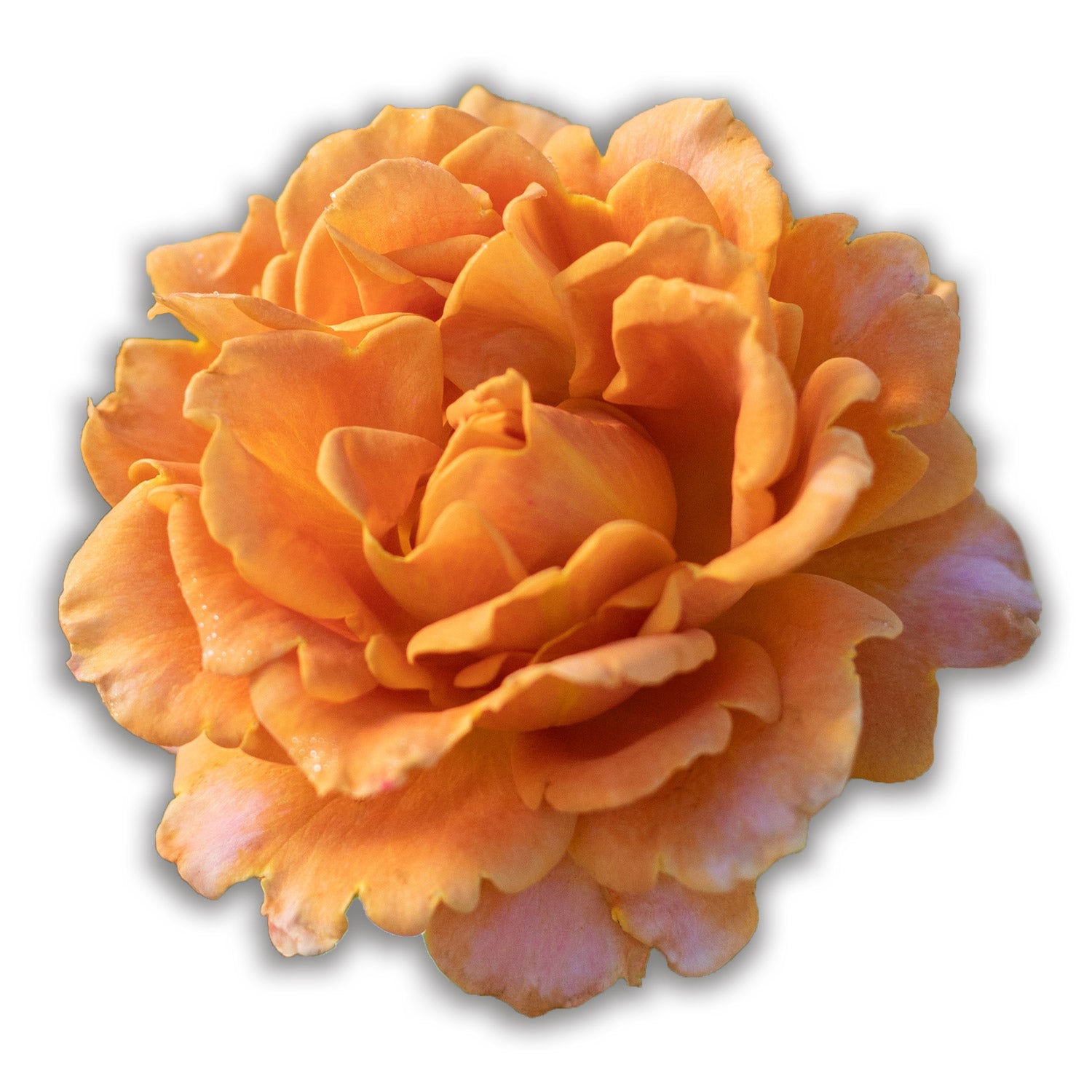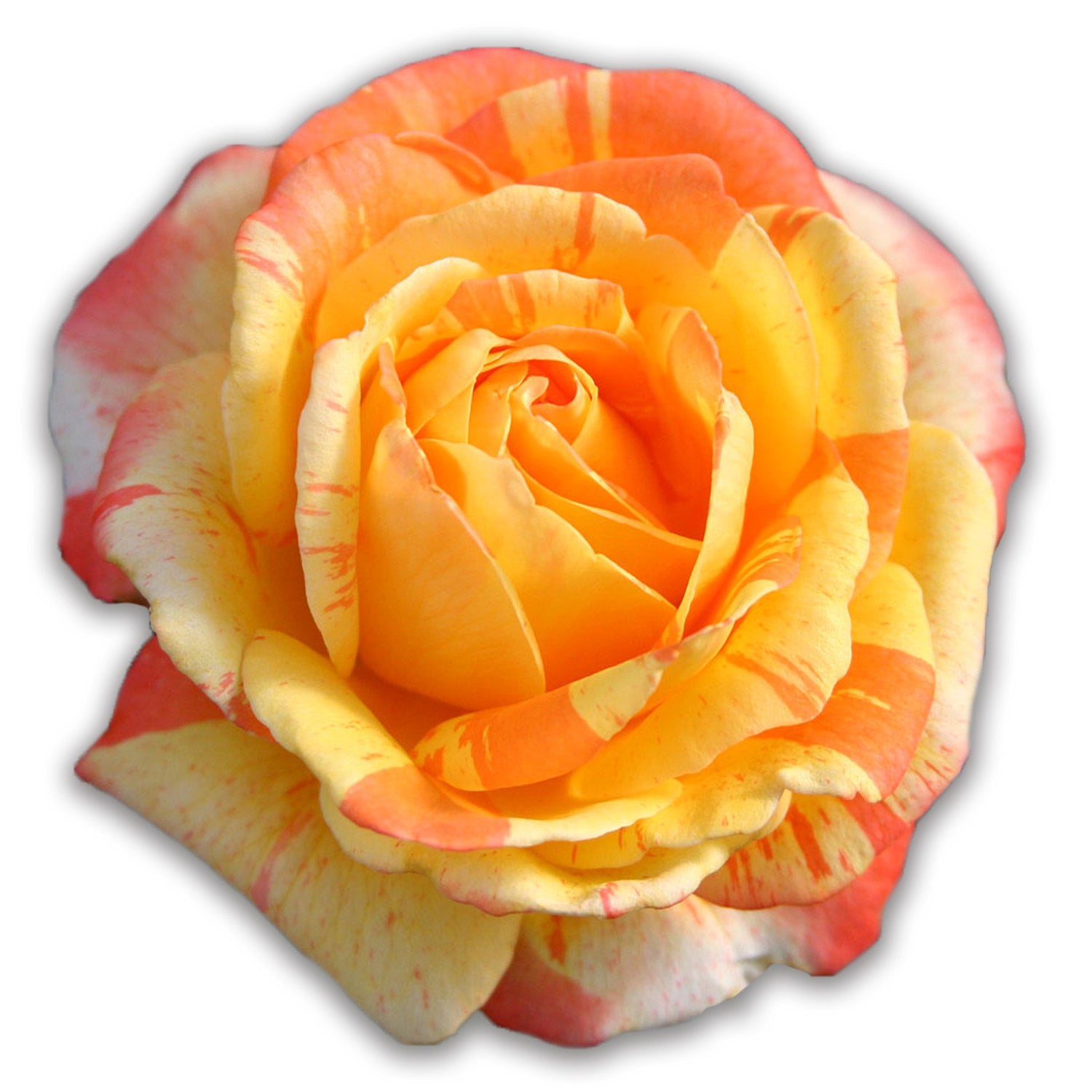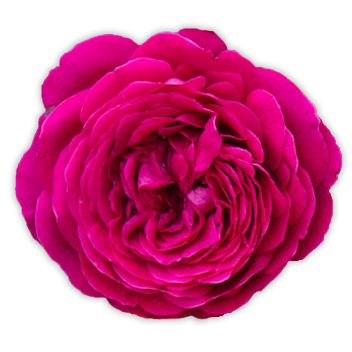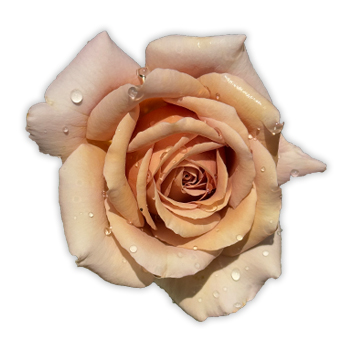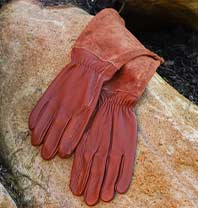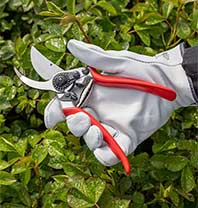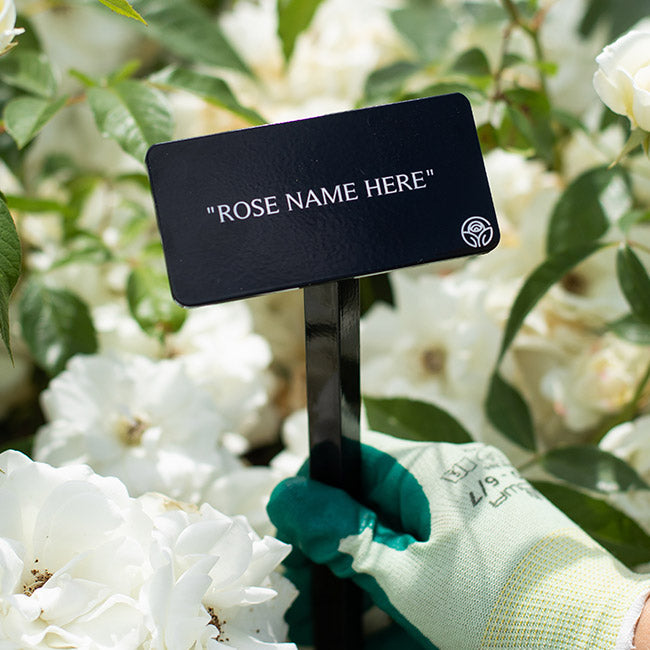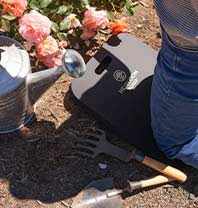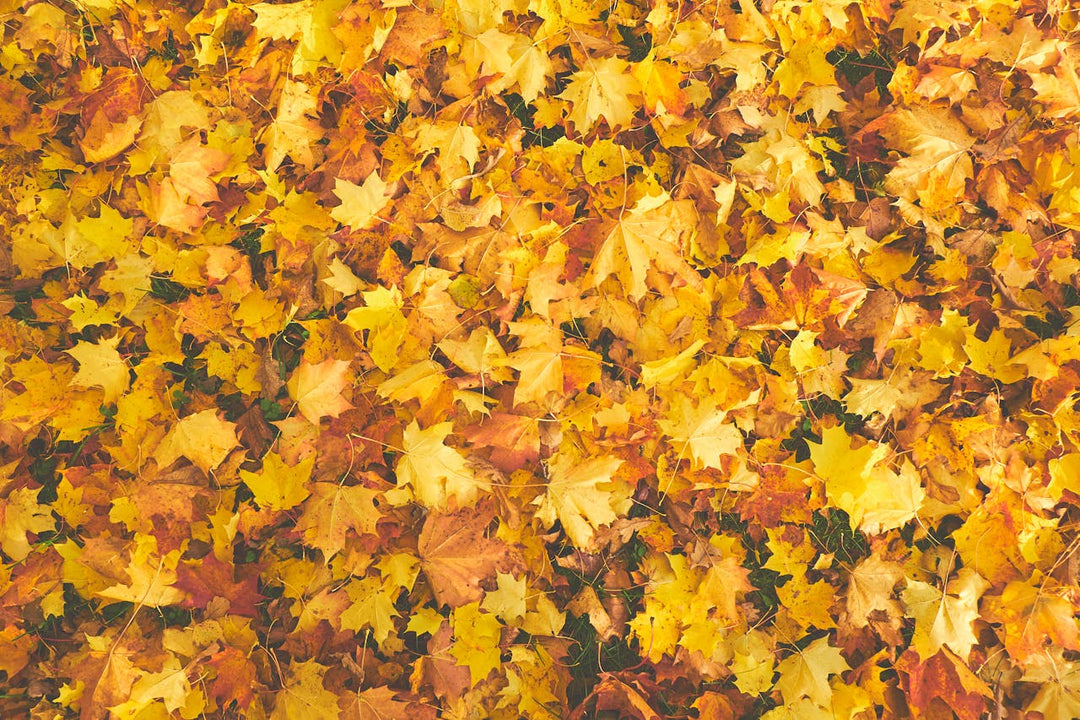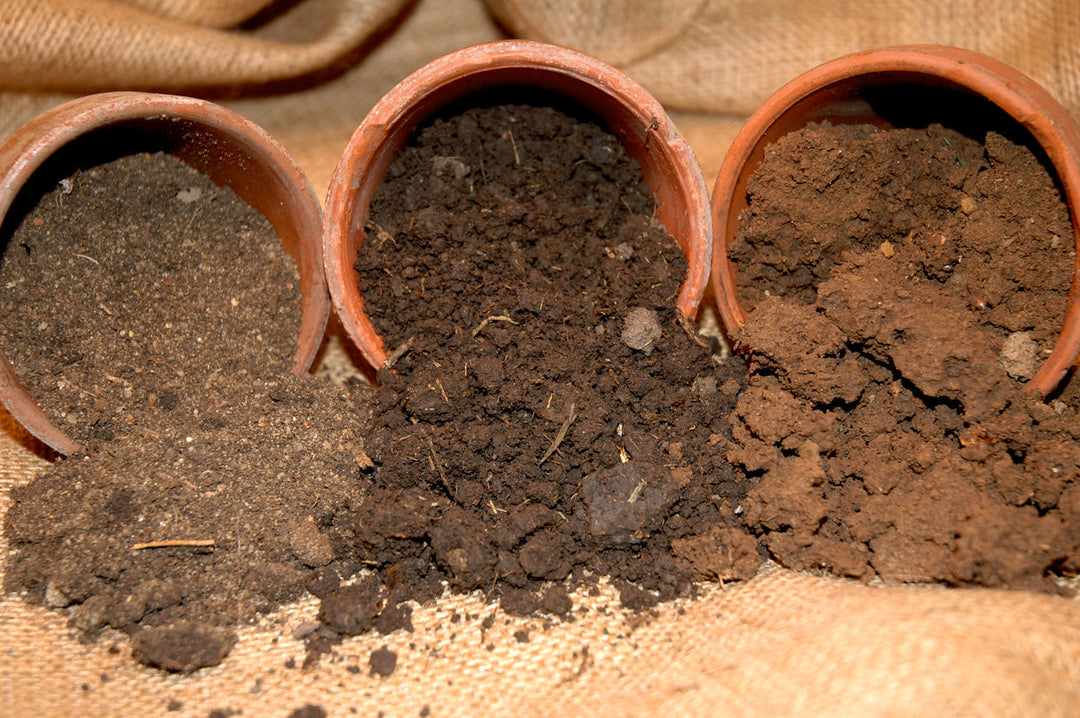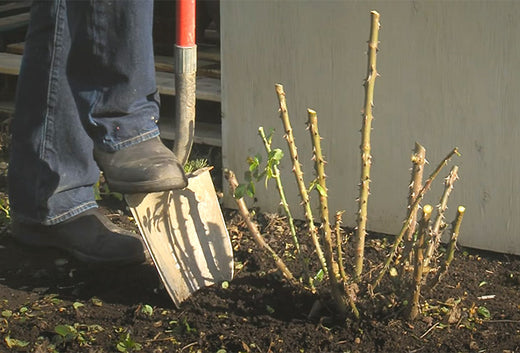How To Prevent and Treat Blackspot

Blackspot is one of the most common and frustrating diseases for rose growers. While it can weaken plants and reduce blooms, it doesn’t have to take over your garden. By using preventative strategies and the right treatments, you can keep your roses healthy and thriving.
What Does Blackspot Look Like?
Blackspot appears as dark, circular spots (2-12mm in diameter) on leaves, often with serrated edges. Over time, affected foliage turns yellow and drops. If left untreated, blackspot can spread to the canes, causing purple-red blotches that darken and blister.
How Does Blackspot Spread?
This fungal disease thrives in damp, humid conditions and spreads through water splashes from rain or overhead watering. While blackspot spores don’t survive in soil for long, they can linger on fallen leaves and overwinter in mild climates. Keeping your garden clean is key to preventing reinfection.
How to Prevent Blackspot
1. Choose Disease-Resistant Roses
While no rose is immune, some varieties show excellent resistance. Consider planting:
Apricot Abundance, Electron, Carefree Beauty, Sharifa Asma, Soaring Flight, Black Pearl, Belle Epoque, and Berolina.
2. Plant in the Right Location
Roses need 6-8 hours of sunlight and good air circulation to prevent fungal growth. Space plants properly and prune inner branches to improve airflow. Ensure proper drainage by enriching soil with 100% Natural Mint Compost, which also deters pests.
3. Water Correctly
- Avoid overhead watering—moist leaves encourage fungal growth.
- Use drip irrigation or soaker hoses to keep foliage dry.
- Water early in the day so any moisture evaporates before nightfall.
4. Keep Your Garden Clean
- Remove fallen leaves and plant debris to eliminate fungal spores.
- Apply Pure Protect by Heirloom Roses, a natural treatment that combats blackspot and other common rose issues.
5. Regular Inspections & Preventative Treatments
Early detection is key! Check lower leaves first, as they are most vulnerable. Using a fungicide every 7-14 days during the growing season can help prevent infection.
Recommended Natural Treatment:
✅ Monterey Complete Disease Control – Protects against fungal diseases while strengthening your plants' defenses.
How to Treat Blackspot If You See It
1. Remove Infected Leaves & Debris
- Prune below the infected area to eliminate spores.
- Dispose of infected foliage—do not compost it.
2. Apply a Targeted Treatment
For best results, use a systemic fungicide that protects against reinfection.
Recommended Blackspot Treatments:
✅ Monterey Garden Phos – Absorbed by foliage for long-lasting blackspot control.
✅ Pure Protect by Heirloom Roses – A natural solution that helps prevent and treat fungal issues.
3. Prune in Spring
Spring pruning removes infected canes and encourages healthy growth. Sanitize pruning tools with a 10% bleach solution to prevent spreading spores.
Conclusion
Blackspot is a common but manageable issue. With proper prevention, early detection, and effective treatment, your roses can stay strong and beautiful all season long.
For more solutions, explore our full collection of rose care treatments to keep your garden in peak condition!


